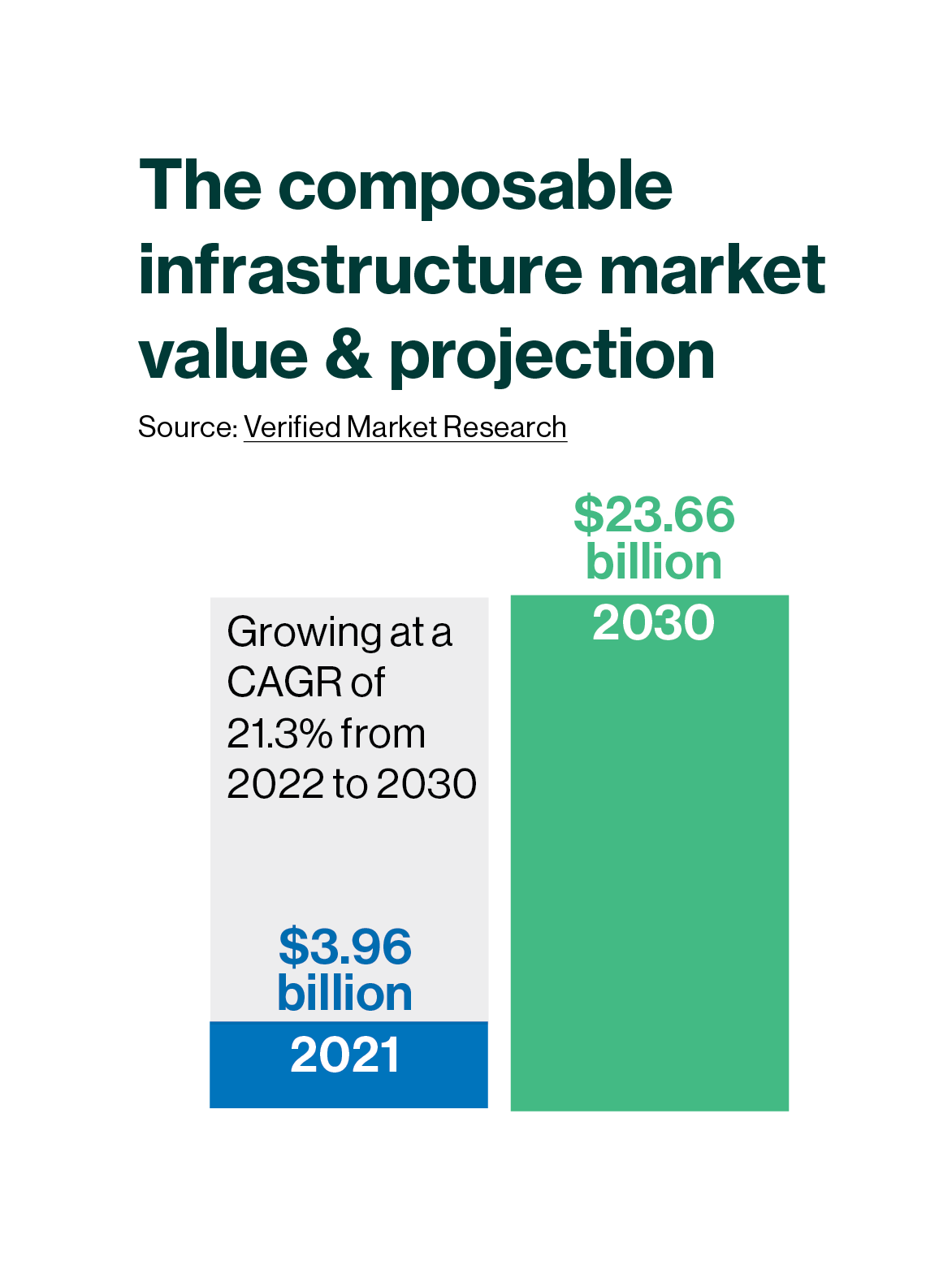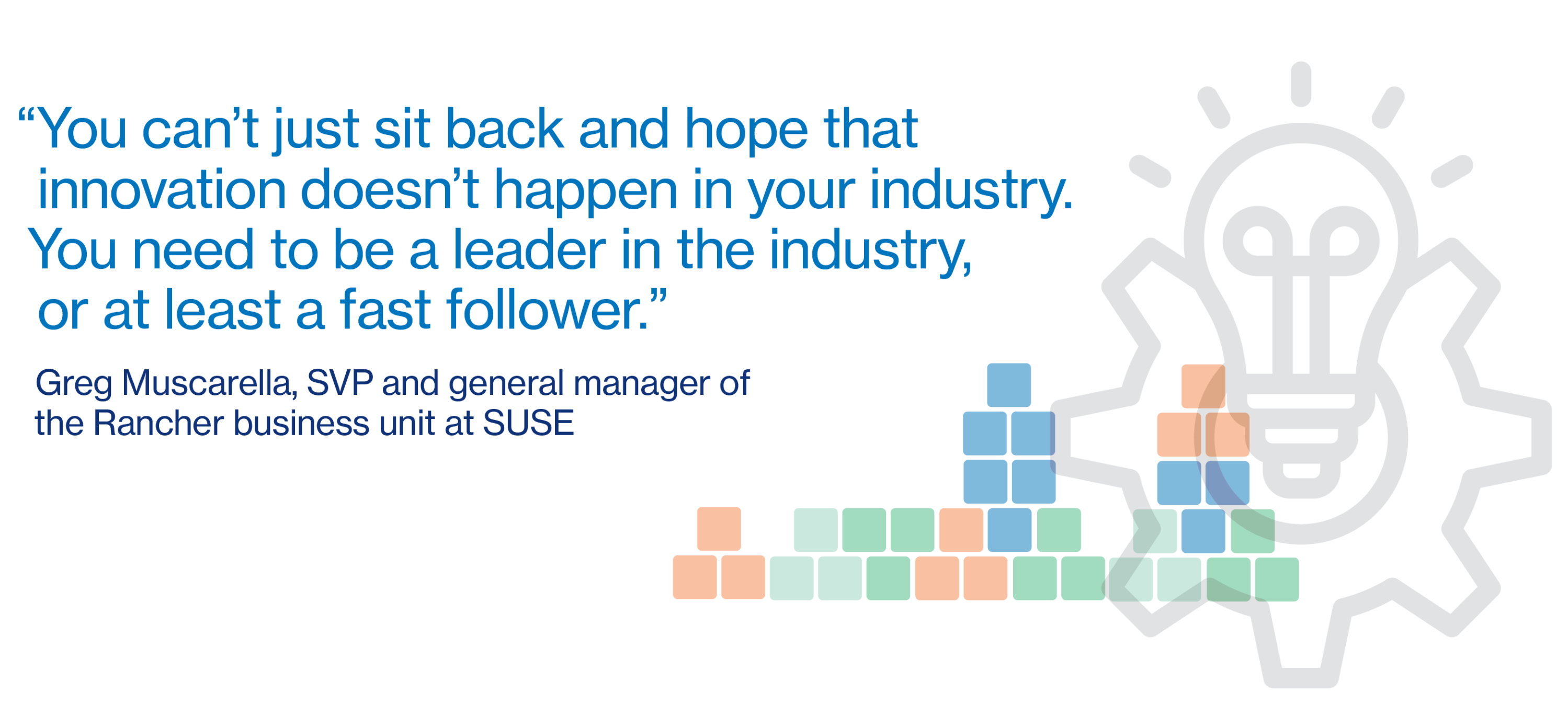Business leaders are heading for composable infrastructures, putting aside large and bulky traditional systems. Demand for increased flexibility and scale is driven by rapidly advancing technology and rising customer expectations.

Gartner likens composable infrastructures to a structure made of simple building blocks. This modular structure permits fast changes and responds quickly to new demand, traffic spikes, material production issues, or supply chain challenges.
Composability is increasingly available. “Achieving composability a decade ago was hard, expensive, and proprietary,” says Janakiram MSV, analyst at Janakiram & Associates. In this atmosphere, failing to make the change may be costlier. The principal advantage is agility, and it gets results in both the short and long term.
‘A Lego brick-like approach’
Composable infrastructure relies on containerization—packaging software individually with just its required OS components—and allows IT to make large and small changes quickly and easily across a common architecture. IT uses a container management tool, such as Kubernetes, to orchestrate and automate the containers.

Kubernetes is an open source platform that unifies the solution into a single pool of resources. IT can swap or tweak a container, with few—if any— implications for the rest of the ecosystem. “Containers are a Lego brick-like approach to infrastructure and application management,” Janakiram notes. “Thanks to open source, Kubernetes has emerged as a universal gold standard for container management.”
By making change simpler, a composable approach reduces technical debt—the cost of extra technical work when teams use shortcuts to meet deadlines, prioritizing speed over design. “The ability to selectively upgrade, manage, and scale individual components is the key benefit of composability,” says Janakiram.
A new technical paradigm
Modernizing based on composable architecture puts legacy software into container units, Janakiram explains. Changes to scale up and scale down, or bug fixes, can be addressed at the component level. Features can be added or removed in a modular way.

Splitting infrastructure into smaller building blocks allows you to reuse components for multiple purposes. For example, software-as-a-service (SaaS) companies use multitenant applications—where a single instance of software is used by multiple separate customers—for different personas. These companies save money and improve performance, Janakiram says.
Using containers, companies can customize a multi- tenant environment for one client without having to start from scratch. “A multitenant application architected for different personas and customers realizes significant cost and performance benefits from containerized and composable architecture,” Janakiram explains.
This content was produced by Insights, the custom content arm of MIT Technology Review. It was not written by MIT Technology Review’s editorial staff.





Post a Comment